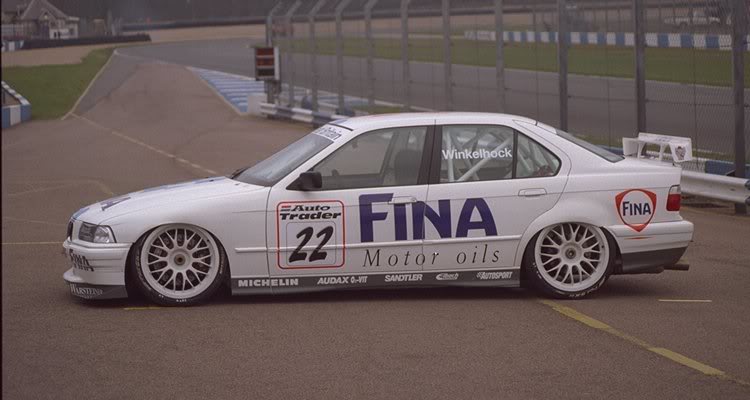I know I'm talking about the mk1 here but I was very surprised just how much additional dampening my friends Meister-R fitted car had over my one running relatively fresh OEM suspension.
While it doesn't look as good as the numerous lowered mk1's I see my one is going to remain stock I think. Yes I could get more grip and less roll by going down the coil over route but for me the car is just about fun not how quick I can get it from A to B.
What damper settings does he have it adjusted to (how many clicks from soft front/rear)? And who fitted the suspension - as the spring preload is fully adjustable (somewhat independently from ride height due to the dual perch design), and makes a considerable difference too.
You can make Meister Rs really quite comfortable for the Mk3 (on a par with stock ride/factory fitted bilsteins), not sure how the Mk1 and Mk2 MX5 setups compare though




 ) and the rear starts bouncing off the bumps stops and oscillating you get the feeling of imminent death.
) and the rear starts bouncing off the bumps stops and oscillating you get the feeling of imminent death.


